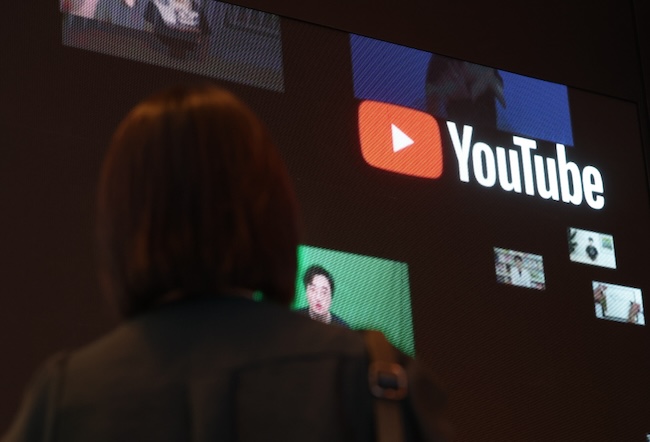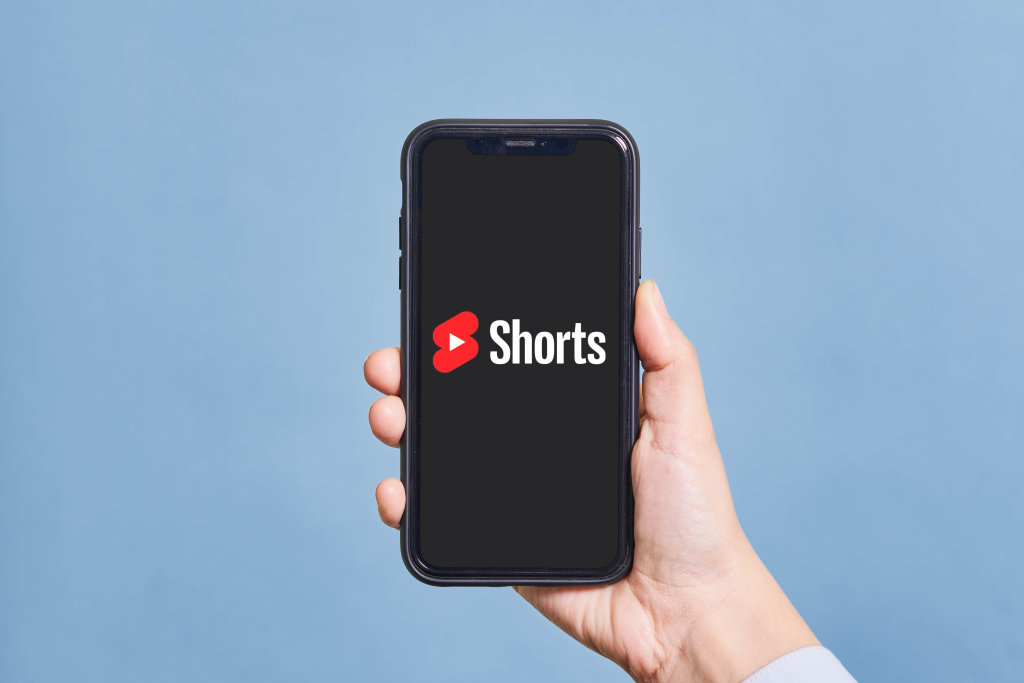
YouTube’s new feature allowing vertical live video broadcasts is drawing criticism for exposing users to potentially harmful content without adequate safeguards. (Image courtesy of YouTube)
SEOUL, Sept. 13 (Korea Bizwire) – YouTube’s new feature allowing vertical live video broadcasts is drawing criticism for exposing users to potentially harmful content without adequate safeguards.
The video-sharing platform introduced the vertical live streaming service last year, building on the popularity of its short-form video feature, Shorts.
The new format allows creators to broadcast live content in a vertical orientation, mirroring the style of Shorts videos.
Viewers can support their favorite creators during these live streams through features such as Super Chat, Super Stickers, and channel memberships.
However, the content of some of these live broadcasts has come under fire recently. Critics point to instances of illegal gambling activities, such as baccarat and Go-Stop, being streamed live.

The issue is exacerbated by YouTube’s recommendation algorithm, which can unexpectedly present these live streams to users as they scroll through Shorts videos. (Image courtesy of ccnull.de/CCL)
Some broadcasts have even shown scenes from Southeast Asian hostess bars. In attempts to garner more donations from viewers, certain creators have resorted to bizarre makeup or complying with outlandish requests from their audience.
The issue is exacerbated by YouTube’s recommendation algorithm, which can unexpectedly present these live streams to users as they scroll through Shorts videos. This has led to growing dissatisfaction among users who inadvertently encounter such content.
YouTube has not disclosed the specifics of its live stream recommendation algorithm.
When questioned about measures to restrict harmful live broadcasts, the company directed inquiries to its community guidelines, which state that posting harmful content can result in penalties ranging from creator privileges being suspended to account termination.
However, the guidelines lack clear, specific criteria for enforcement, and these measures are largely reactive rather than preventive.
Complicating matters is YouTube’s status as a foreign-based company, which exempts it from South Korean broadcasting laws.
While the Korea Communications Standards Commission can request that YouTube designate certain videos as harmful content, the government lacks the authority to force YouTube to remove videos if the company refuses.
Experts argue that new legislative measures are needed to hold platforms like YouTube accountable for harmful content.
“There needs to be a system in place to impose punitive responsibility on platform operators when they expose harmful content,” said Choi Jinbong, a professor in the Department of Journalism and Mass Communication at Sungkonghoe University.
“Some European countries have already established laws that impose hefty fines on platforms if they neglect to address harmful content.”
Kevin Lee (kevinlee@koreabizwire.com)






